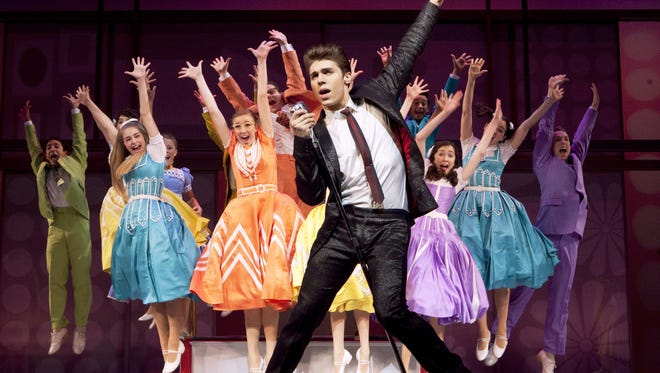
Means Girls: Screen v Stage
“Mean Girls” is a cultural phenomenon that first premiered on the big screen in 2004. The film, directed by Mark Waters, tells the story of Cady Heron, a teenage girl who transfers to a new school and becomes enmeshed in the school’s popular clique, the Plastics. The film quickly became a classic and spawned countless memes, iconic one-liners, and cultural references.
Fast forward to 2018, and “Mean Girls” was reimagined as a Broadway musical. The musical, with a book by Tina Fey and music by Jeff Richmond, brought the story to life in a whole new way, featuring catchy musical numbers and high-energy dance routines. However, while the musical shares some similarities with the original film, there are also some key differences worth exploring.
One of the most notable differences between the film and the musical is the inclusion of new characters. While the film primarily focuses on Cady, the Plastics, and their interactions with other students, the musical introduces several new characters who play a significant role in the plot. These characters include Damian’s boyfriend, who helps the Plastics with their math homework, and Janis’s parents, who provide a glimpse into her home life.
Another significant difference between the film and the musical is the way in which the characters are portrayed. In the film, the Plastics are the clear villains, with their mean-spirited behaviour and manipulative ways. However, in the musical, the characters are more nuanced, with each of them given a chance to show their vulnerability and complexity. For example, Regina George, the leader of the Plastics, is portrayed as a more sympathetic character, with her own insecurities and fears.
The musical also expands on some of the themes explored in the film. While the movie touched on issues such as popularity, bullying, and fitting in, the musical delves deeper into these topics and also explores issues of gender and sexuality. For example, the character Damian, who was openly gay in the film, is given a more prominent role in the musical and is allowed to explore his sexuality in a more nuanced way.
Another significant difference between the film and the musical is the use of music. While the film had a soundtrack featuring popular songs from the early 2000s, the musical features an entirely original score. The music, composed by Jeff Richmond, features catchy, upbeat numbers that help to bring the story to life in a whole new way. The songs, such as “Where Do You Belong?” and “Apex Predator,” capture the spirit of the film while also adding a new dimension to the story.
In conclusion, while the Broadway musical adaptation of “Mean Girls” shares some similarities with the original film, there are also some significant differences worth exploring. From the introduction of new characters to the more nuanced portrayal of existing characters, the musical offers a fresh take on the story that fans of the film are sure to appreciate. With its catchy musical numbers, high-energy dance routines, and powerful themes, “Mean Girls” is a must-see for fans of the original film and fans of musical theatre alike.






